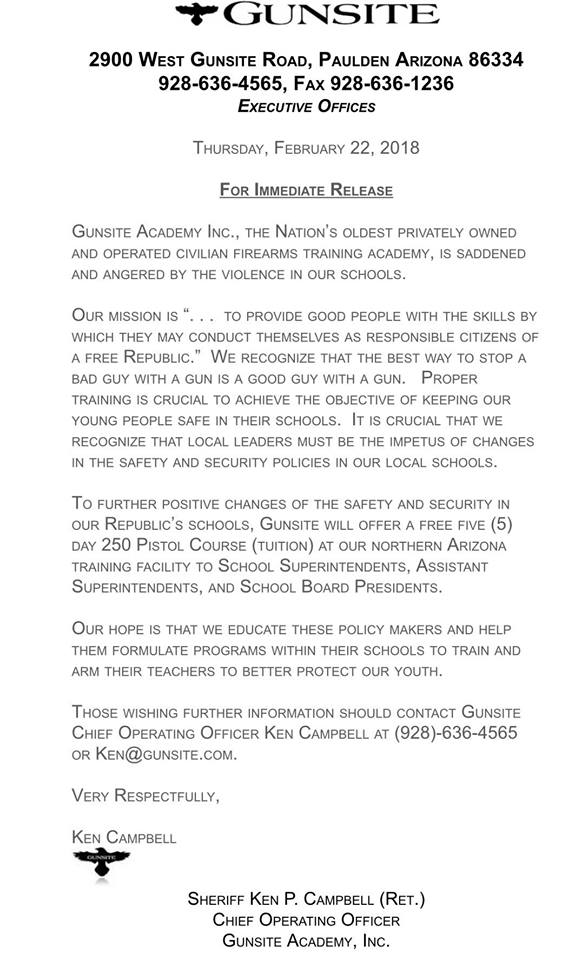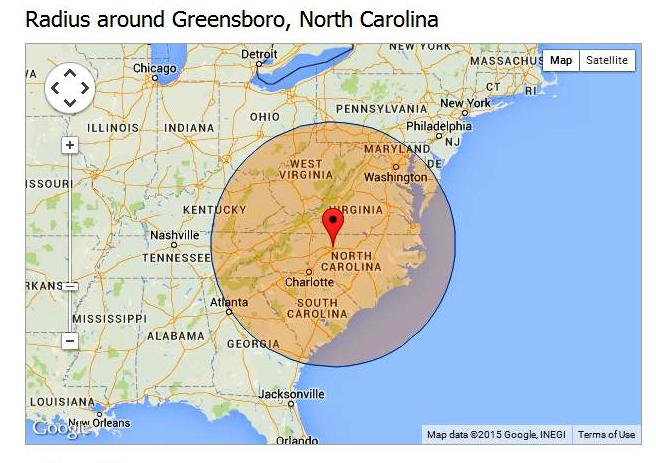With apologies to the TV show “Are You Smarter Than A 5th Grader” but can you shoot better than a cop?
The answer, in general, is yes. While there are of course exceptions like a Massad Ayoob or a Bruce Piatt the anecdotal evidence such as the shooting of West African immigrant Amadou Diallo says otherwise. In that case, four NYPD officers shot a total of 41 rounds but hit him with less than half.
Police get some firearms training in the police academy and then a minimal amount after that. From what I’ve read, the national average in 2008 was between 4 and 16 hours annually. That has probably decreased with the rise in the cost of ammo and the tightness of training budgets.
My university email this morning contained a report on a study that takes this from the anecdotal to the scientific. It was in Force Science News No. 280.
The Force Science Institute did a study which will be published in a forthcoming issue of the International Journal of Police Science and Management. The study entitled “The Naive Shooter from a Law Enforcement Perspective: Hit Probability” was based upon testing 247 police academy students and recruits at two police academies and one college with a law enforcement training program. The study broke down the shooters into three classifications: expert, intermediate, and novice. Experts had either finished the academy shooting course or had been trained in the military while intermediates had no formal academy training but had shot before in either recreational settings or had military rifle training. Finally, the novices were just that. Many of them had never even held a gun in their lives.
The volunteers were allowed to pick between Glock 9mm/.40 S&W pistols and Beretta 9mm pistols. They then were told to take three shots on each of nine targets. These targets were staggered at distance ranging from 3 feet to 75 feet (1-25 yards). They were not told where to shoot on the target.
So how did it turn out?
SURPRISING HIT RATES. Generally, the Experts scored the most hits. But the edge they enjoyed often proved, at best, surprisingly narrow. Notably:
- At most distances, there was “no significant difference” in percentage of hits between Expert and Intermediate groups.
- Against targets 18 to 45 feet away, Intermediates actually registered a higher hit ratio than academy trained shooters–about 41% vs. 38%.
- At three to 15 feet, where most officer fatalities occur, Expert shooters hit one of the major-damage zones on the target “with eight out of nine bullets they fired,” the researchers found, while Novices hit “with seven of the nine bullets they fired”–a scant advantage for the trained recruits of just a single round.
Considering the high volume of shootings that occur “at such close ranges, officers need to have a better advantage over threatening suspects,” Lewinski writes.
- It was not unusual for Novices to cycle through rounds at a cadence of one quarter to one third of a second per shot.
- At longer distances, Novice accuracy fell off significantly. But Intermediate shooters, apparently able to adapt their long-gun experience to handgun firing, continued to be “nearly identical” to the fully trained Experts.
In summary, Lewinski writes, “[I]ndividuals who had completed standard law enforcement academy firearms training were not more accurate in their shooting” than those with Intermediate skills and “were only moderately more accurate than individuals who…had little to no handgun experience… It was unexpected that the Novices would be so accurate in comparison….
“These findings underscore that critical importance of officers taking every step necessary to maintain control of their weapon,” he continues. “Officers will often shoot at a suspect in an attempt to end their efforts to gain control of the officer’s gun and these findings highlight why this is understandable and necessary. The result of a suspect gaining control of an officer’s gun–even someone who has little or no experience firing a gun–can be catastrophic.”
The authors of the study had two conclusions regarding training that we in the self-defense community will also find useful. First, concentrating firearms training into a short block of time (4-8 hour class) as opposed to over a longer period of time induces a quicker decay of skills in the long term. Training and practice in each of the essential aspects – stance, sight alignment, trigger control, etc – one at a time over a period of 2-4 weeks results in better skill retention. Unfortunately, I don’t know of any month long training schools for the average shooter.
The second conclusion, however, has greater relevance and applicability to the self-defense community. Inadequate practice led these students to revert to an “internal attitudinal focus”. In other words, they were focused on their grip or their trigger control and not on the target (or external threat). More (good) practice leads to these skills becoming automatic and the shooter will then be able to focus on the target and threat recognition. To me this suggests a lot more dry fire and drawing from concealment practice would be useful.
When the study is published, I will link to the finished article. In the meantime, with some training and more practice I think we can shoot better than cops.


